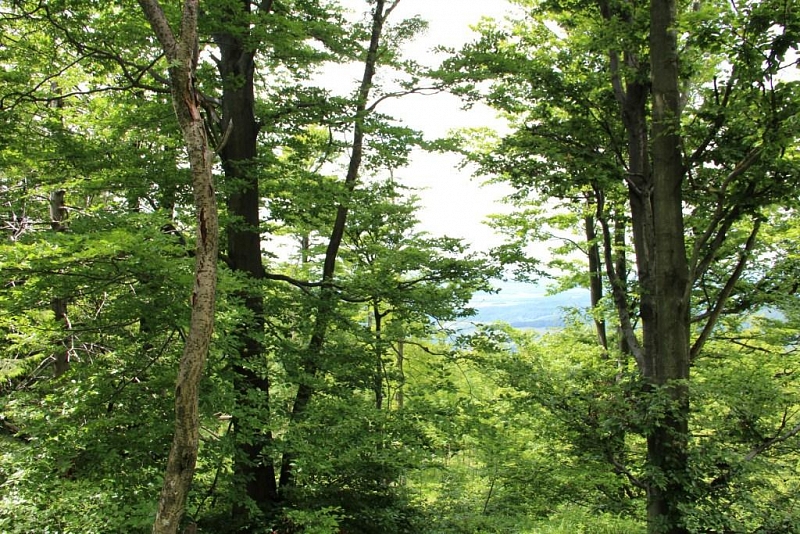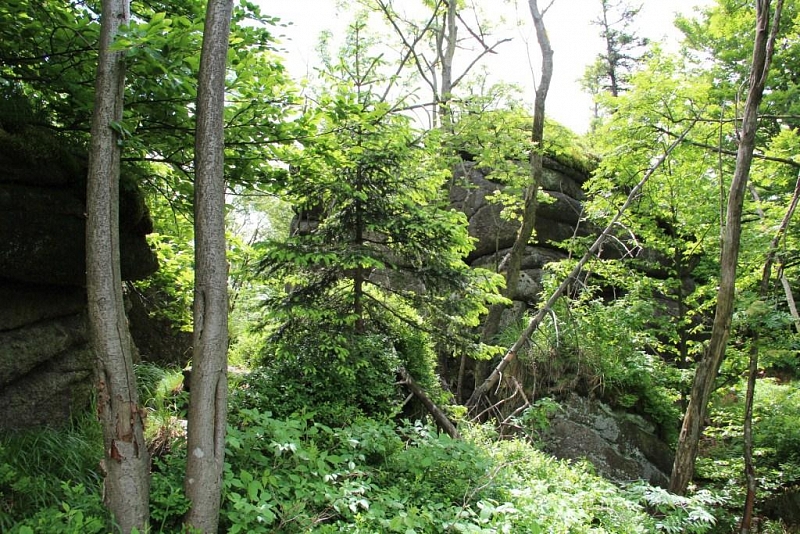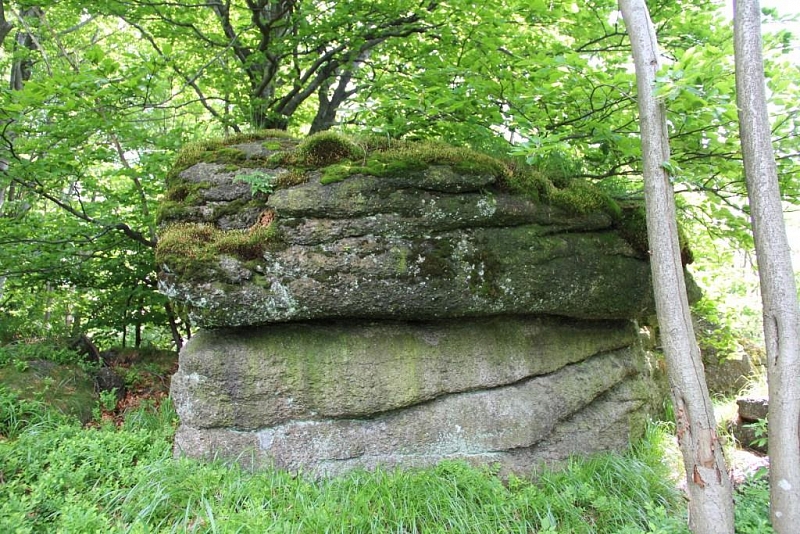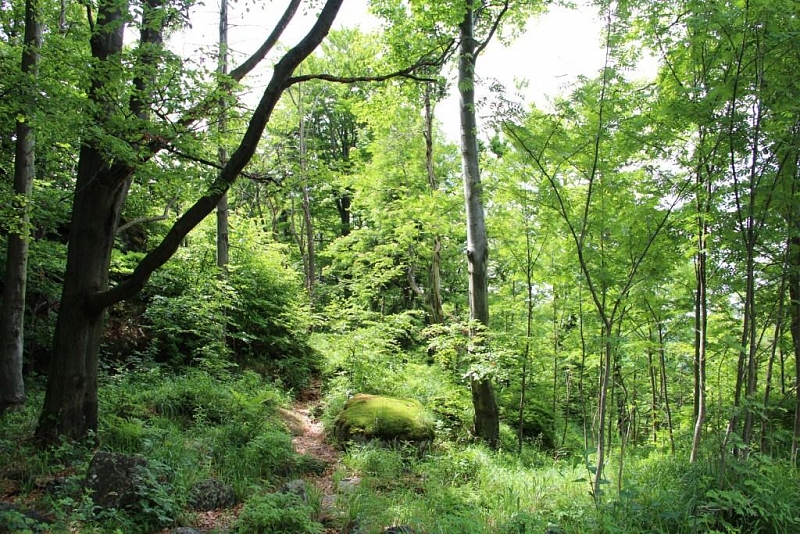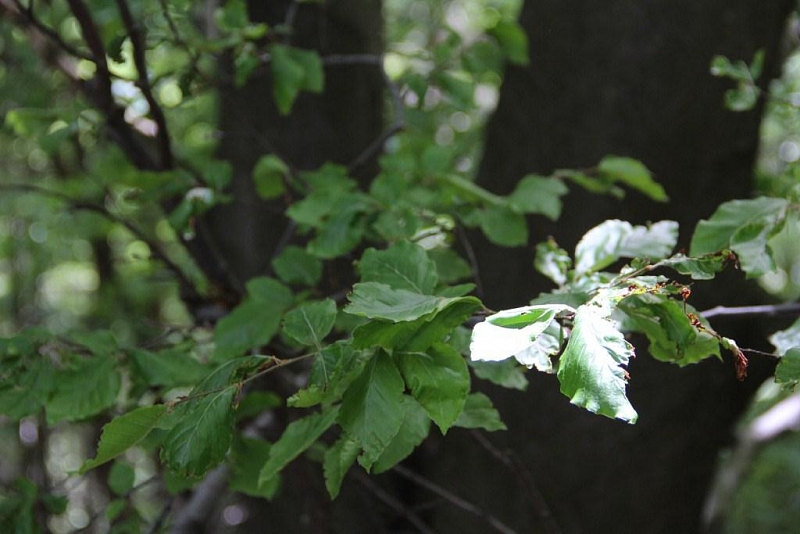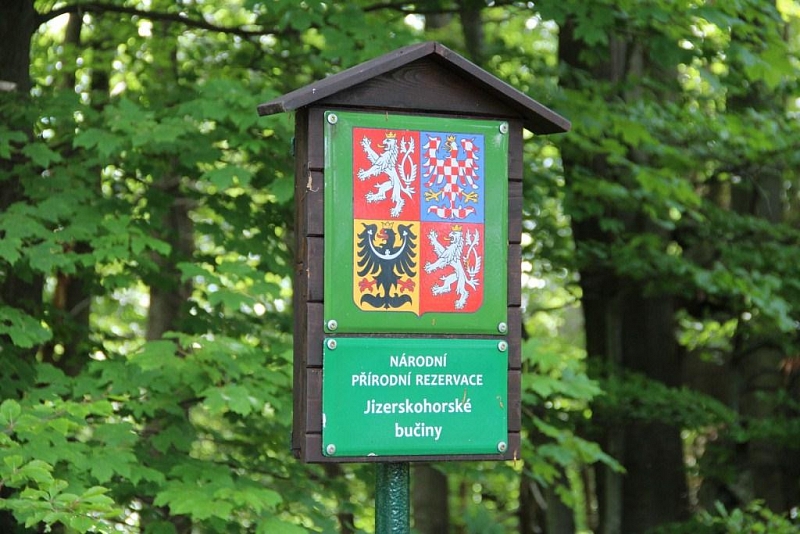Jizerskohorské bučiny
Try a trip to a tourist-attractive landscape, full of rock formations and views. There are also many monuments that commemorate fallen lumberjacks, poachers' fights or those who took their own lives.
Information for visitors
Interesting facts Jizerskohorské bučiny
The Jizerskohorské Bučiny National Nature Reserve was established in 1999 by merging the national nature reserves Špičák, Stržový vrch, Poledník, Štolpichy, Frýdlantské cimbuří, Tišina and Paličník. The reservation thus covers an area of 27 km2. Typical for this landscape are deeply cut valleys and rocky outcrops, from where there is a wonderful view of the surroundings from the steep slopes.
You will also find water works here, the oldest of which, Šolcův rybník, was founded in the 17th century. You can also see the largest waterfall in the Jizera Mountains, 30 m high Velký Štolpich.
This area is rare mainly due to the preserved forest cover without significant changes caused by man. Such a large locality also provides a great diversity of fauna and flora. Its composition has remained the same since 7,000 years ago, with exceptions, such as large carnivores. Of the woody plants, you will mostly find Norway spruce, white fir, maple or bird hawk. In the undergrowth, there is a mountain fern, woodcock, sorrel or blueberry. Among the representatives of the animal kingdom, the great eagle owl, the raven, the domestic reed, the salamander, the black stork, the wood hawk, the forest bee-eater or the crayfish occupy an important position.
The problem in the reserve is ungulates, which have multiplied here and thus there is a considerable taste of woody plants. There are also artificially released mouflon or expansion species such as raccoon dog or American mink.
The Forests of the Jizera Mountains or the Oldřichovské háje and Rocks nature trail will take you through the beeches.
The bunk line, dating from the late 1930s, extends into the western part of the reserve.
Author: Marie Bukovinská
